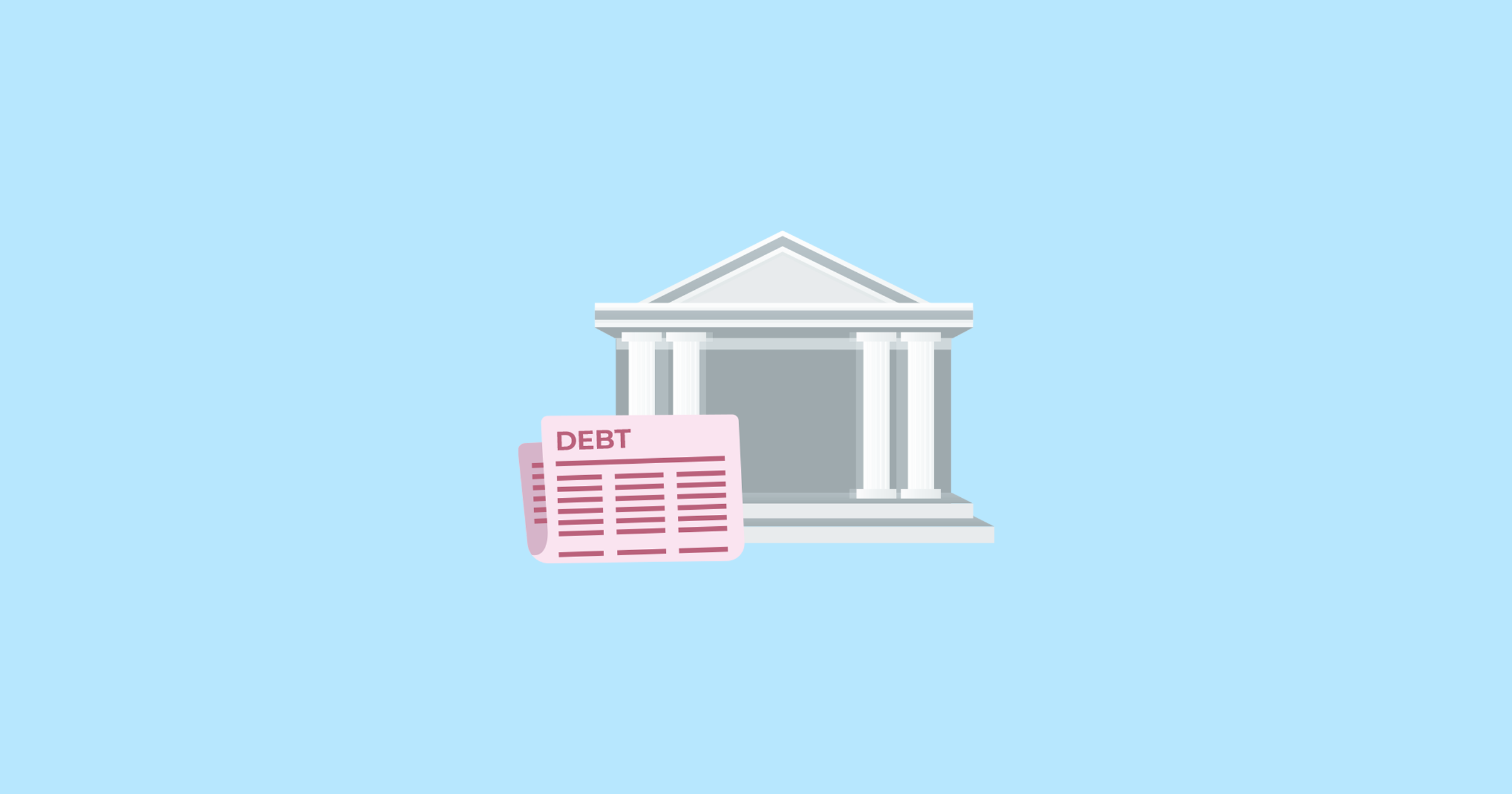Disinflation and deflation sound a lot alike, but they describe 2 different economic situations. Keep reading to know their differences and why it’s important to understand each 1 as an investor.
What’s the difference between disinflation vs. deflation?
Disinflation is a slowdown in the rate of inflation, which is when prices of goods and services are generally rising.
With disinflation, prices are still increasing, but not as much as they were before. For example, if the inflation rate drops from 3% to 2% from 1 month to the next, that's disinflation.
Deflation is the opposite of inflation. It's when prices of goods and services decline over time. For example, if the growth rate of prices goes from 1% to -1%, that's deflation.
Here’s a quick look at their differences:
| Disinflation | Deflation |
|
|
Why do they matter to investors?
Fluctuations in prices can affect you as a consumer, as well as a country’s economic health. Such changes can also have an impact on financial markets because of their influence on how people use their money.
As an investor, here are 2 reasons to pay attention to disinflation and deflation:
1. They can hint at the state of an economy
Economic health can directly and indirectly influence the performance of financial markets, that’s why investors keep an eye on indicators like the inflation rate.
Disinflation is typically seen as a favorable thing since it can be a sign of stable economic growth, meaning you won’t have to worry about hyperinflation, or when prices rise to unsustainably high levels.
Deflation makes goods and services cheaper, which may seem like a good thing for consumers, but it can become a cause for concern in the long run.
When people expect prices to keep going down during a period of deflation, they may choose to save their money instead of spending it.
Say you want to buy a house and expect prices to decrease in the future. This can encourage you to put off your planned purchase to save money.
Reduced spending means businesses would earn less, and companies may cut their budgets to survive, leading to job losses. Higher unemployment would pull consumer spending down further. Deflation may worsen if this cycle continues.
2. There are potential effects on your investments
Here are 2 ways deflation and disinflation can directly or indirectly affect investments:
- Changes in interest rates
Governments take action to keep prices from rising too fast, or to boost a weakening economy. Central banks like the Bangko Sentral ng Pilipinas (BSP) may raise benchmark interest rates to achieve disinflation by bringing the inflation rate down to their target level.
Simply put, when interest rates go up, it’s more expensive for consumers and businesses to borrow money. This can slow the circulation of money and lessen the demand for goods and services.
Lower profits for companies can affect investor interest in their stocks, driving down stock prices. People may prefer to put money in interest-bearing investments like bonds when interest rates are high.
The reverse may happen when central banks reduce interest rates to stimulate the economy.
Learn more about the effects of changing interest rates on investments in this article.
- Investor sentiment
Periods of disinflation tend to be more common than periods of deflation. However, when disinflation brings the inflation rate near zero, investors may worry about the possibility of deflation or a recession.
Times of deflation and economic hardship – or even just the fear of them – may prompt investors to flock to “safe haven” investments. These are assets with the potential to hold their value well even during an economic downturn.
Learn more about the characteristics of safe haven investments in this article.




